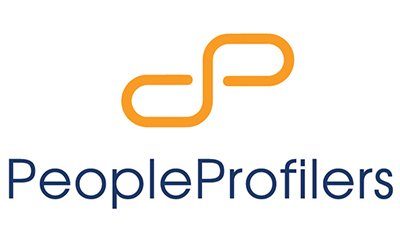How to recruit the best candidates? – Introducing the recruiting funnel!
At its heart, the recruiting funnel is no more than a procedure – a set of sequential guidelines that recruiters follow to scout and subsequently close the deal on the best available talent. It shares many traits in common with sales and marketing processes, which adopt a similar framework to identify and move forward with likely patrons. However, simply having a vague picture of how all this works just doesn’t cut it; whether you are a recruiter yourself, or a job prospector. This article details the specifics of each layer of the recruitment funnel, and then looks at the subtler nuances to applying the funnel.
1: Cast a wide net
Here’s where the analogy of a funnel really comes to light. Yes, at the very first step, it is paramount to keep the lip as wide as possible. Just as how the rim of a funnel is purposefully wide to prevent any substance from missing the end point, your first goal should be to make sure that anybody who you may be interested in – or vice versa, doesn’t miss the opportunity to connect with you. Casting a wide net encompasses practices like establishing a social media presence (specialised sites such as LinkedIn are ideal for this), and generally establishing an attractive brand recognition.
2: Sieve your talent pool
As much as you’d love to, you can’t hire everybody. There is a myriad of factors to consider when surveying potential candidates. Expected pay grade, skillsets, long term goals, and the like. It is wise at this stage to set some hard criteria, that if not met, immediately eliminate candidates identified in step 1. From there, proceed to collect important information such as detailed profiles, resumes, and miscellaneous prospect data. This information is your key to moving forward, and should be kept somewhere safe and accessible, like a centralised enterprise talent management database.
3: Nurture your leads
The information gathered in stage 2 is not expected to sit idly in said data store. Instead, it should be inspected, analysed, and used to garner useful insight into candidate ability and ambitions. The knowledge subsequently gained from this analysis is used in this stage to develop targeted campaigns and engagement techniques. This is of utmost importance, as these engagement tools will be used in the next stage, where a slip-up or an apparent misalignment of goals could deter a candidate at this crucial stage.
4: Engage candidates
As communication campaigns roll out, expect applications to start rolling in (provided you were diligent in stage 3!). Recruiters now have the arduous task of engaging these prospects; ensuring that all the hard work put into hooking them is not lost due to poor reeling technique. It is important to remember that prospects are more than numbers or a piece of paper. They want to feel like they matter, and something simple like not hearing back a week after application may be enough to turn them away for good.
5: Post candidate application
Once the applications have come in candidates have been engaged, recruiters must begin to sift through applications and begin forwarding them to hiring managers and business line specialists to ensure skill alignment. Then, the process of arranging for interviews begins. Depending on the scope of the job and the seniority of the post, interview processes can vary from none to 5 stages. Recruiters must be integrated entirely into the interview process, taking note of candidate performance during the interview, as well as calibrating feedback provided by the hiring managers and other parties of interest within the hiring organisation.
6: Hire
In the final stage, utilising all the information that has been accumulated to this point, the recruiter, working closely with the hiring manager, must come to a decision regarding the prospect’s candidacy. Whether successful or not, it is the recruiter’s duty to contact the prospect and tactfully inform them of the result. The funnel however, does not end here. The recruiter must now guide the candidate to a seamless induction to the company, and continue to act as a point of contact and entertain queries where reasonable until the new hire’s first day of work.
Having understood the black and white of the funnel, we must also understand the grey, mainly four main points that must exist at the forefront of the recruiter’s mind regardless of which stage of the funnel they may be at.
• Data, data, data. Today’s world is driven by data, and the savvy recruiter would do well to know how to leverage this to find which candidates exhibit traits that may indicate interest, be red flags, or belie talent.
• Equal importance. Every step of the funnel is as important as the other. Just as in a physical funnel, a leak at any point would result in a loss of substance reaching the goal. It is the recruiter’s onus to ensure that does not happen.
• Collaborate. Recruitment is an inherently multifaceted process. A recruiter, internal or external, is hiring a candidate from any one of many backgrounds, for an organisation that needs a myriad of roles to be filled. A recruiter who tries to do this alone would surely be doomed to error. Collaborate with hiring managers. Collaborate with analysts. Collaborate with other recruiters. Most importantly, collaborate with the candidate.
• Keep the lines of communication open. This theme appeared at most stages in the funnel. There will always be questions that candidates have for the recruiter. If they don’t they probably aren’t all that interested. If the candidate rings and no one picks up, they’re likely to call somebody else.


